Anima Mundi, Beauty News
Your Fall Foraging Guide: The Basics
Autumn is a season rich with symbolism and spiritual meaning. In many cultures, fall represents a time of letting go, as trees shed their leaves and the landscape prepares for winter. Foraging during this time can be a deeply spiritual practice, inviting reflection on the cycles of life, death, and rebirth. It’s a time for gratitude, as we harvest Nature’s abundance and store up for the colder months ahead. Many find that foraging in the fall helps them reconnect with the land and their ancestors. Gathering wild plants, mushrooms, and fruits can feel like a sacred ritual, honoring both the Earth and the ancient traditions that have sustained us for millennia.


The Historical and Spiritual Roots of Foraging
Foraging is one of the oldest human traditions, rooted in our prehistoric past. Long before agriculture, early humans were nomadic hunter-gatherers who relied on the wild landscapes for survival, harvesting plants, fruits, herbs, and fungi according to the natural cycles of the Earth. As autumn arrives, it brings a bounty of nutrient-rich plants and mushrooms, making this season a particularly fruitful time for foraging.
Indigenous peoples worldwide have long understood the intricate relationships between plants, animals, and the land. For thousands of years, they have passed down their plant knowledge, preserving the balance between human needs and Nature’s offerings. Recently, foraging has seen a resurgence as more people seek to reconnect with the Earth and reclaim ancient practices. However, it is essential to forage sustainably, taking only what is necessary and leaving enough behind for wildlife and future growth. Sustainable foraging respects the ecosystem and allows it to thrive for generations.
Autumn’s landscape is particularly abundant, offering medicinal mushrooms, immune-boosting herbs, and nutrient-rich fruits depending on your region. Foraging allows you to stock up on wild foods and remedies to sustain you through the winter months. Additionally, the cooler weather and shifting colors of fall make it an inviting time to venture outdoors, immersing yourself in the peacefulness of nature as you gather knowledge and bounty.
Scientific Benefits of Foraging and Being in Nature
Scientific research has shown that spending time in nature can significantly reduce stress, improve mental clarity, and boost overall well-being. Evidence suggests that exposure to nature improves cognitive function, brain activity, blood pressure, mental health, physical activity, and sleep quality while lowering the risk of cardiovascular diseases. Foraging combines these benefits with physical activity, promoting health through exercise, fresh air, and natural light.
Foraging encourages mindfulness by engaging our senses fully in our surroundings. When foraging for wild edibles, you activate critical thinking, memory recall, and pattern recognition—all of which promote cognitive health. Foraging also fosters a closer connection to the food we eat, cultivating a sense of gratitude for Nature’s offerings. From immune-boosting mushrooms like Turkey Tail to nutrient-rich fruits like persimmons, there’s an abundance of wild foods to gather in the fall.
What to Look For in Autumn Around the World
North America
- Mushrooms: Turkey Tail, Hen of the Woods, Chanterelles — found in woodlands, offer immune-boosting and culinary benefits.
- Berries: Cranberries, Blackberries, Elderberries — rich in antioxidants, ideal for jams, sauces, and immune support.
- Nuts and Seeds: Acorns, Walnuts, Pecans — perfect for roasting or grinding into flour, high in healthy fats and fiber.
Europe
- Mushrooms: Chanterelles, Porcini, Caesar’s Mushrooms — thriving in forests, highly valued for their flavor and nutritional content.
- Berries: Rosehips, Hawthorn, Bilberries — excellent for teas, syrups, and jams, rich in vitamins C and A.
- Nuts: Chestnuts, Hazelnuts, Walnuts — versatile in both sweet and savory dishes, providing essential nutrients.
Asia
- Fungi: Reishi, Shiitake, Maitake — used in traditional medicine for their adaptogenic and immune-supporting properties.
- Herbs: Ginseng, Gotu Kola, Turmeric — harvested for their healing properties, used in teas, tinctures, and powders.
- Fruits: Yuzu, Persimmon, Asian Pears — packed with vitamins and used in cooking, teas, and preserves.
Australia and New Zealand
- Fruits: Finger Limes, Kakadu Plums — rich in vitamin C, ideal for sauces, jams, and garnishes.
- Bush Foods: Warrigal Greens, Quandongs, Macadamia Nuts — native plants offering nutritional benefits and unique flavors.
- Mushrooms: Native species like the Australian Pine Mushroom — foraged in cooler, damp regions and used in local dishes.
Africa
- Fruits: Baobab, Marula, Amla — high in antioxidants, vitamins, and minerals, used in juices, jams, and skincare.
- Leaves and Seeds: Moringa, Wild Sorrel — harvested for their medicinal and nutritional properties, great in teas and soups.
- Roots: African Ginger, Devil’s Claw — traditionally used for their anti-inflammatory properties and digestive benefits.
South America
- Fruits: Acai Berries, Cacao Pods, Naranjilla — found in rainforests, packed with antioxidants, used in smoothies, desserts, and beverages.
- Leaves and Herbs: Guayusa, Yerba Mate, Palo Santo — used in teas, infusions, and for spiritual practices.
- Tubers: Oca, Mashua — Andean roots high in nutrients, often roasted or boiled.

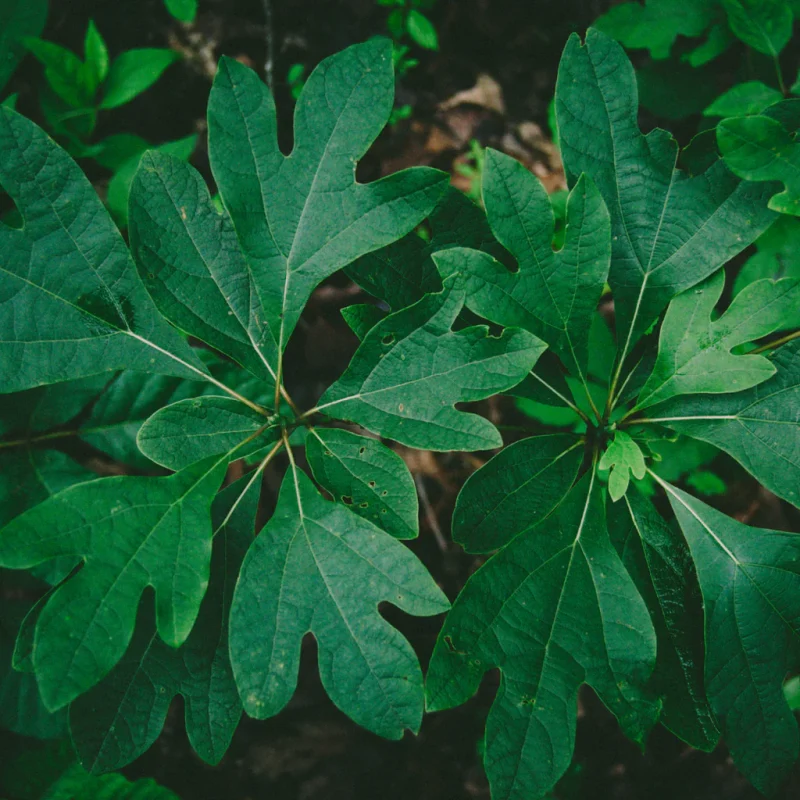
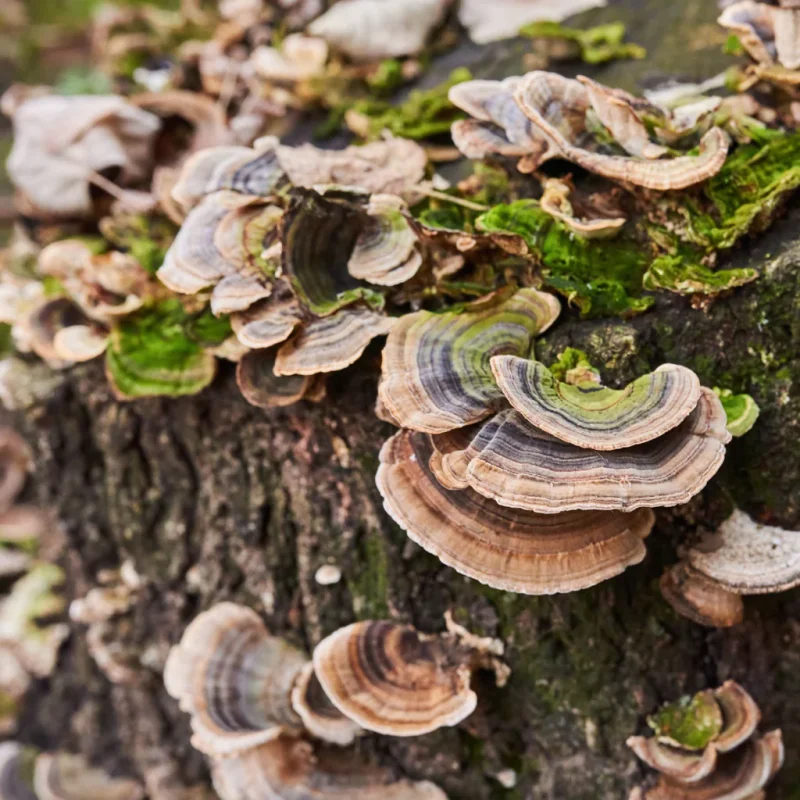
Practical Foraging Tips
Before you start your foraging journey, it is crucial to build a solid foundation of knowledge and respect for nature:
-
Learn to Identify Plants and Mushrooms:
Some species can be toxic. Use a reliable field guide or attend local workshops to enhance your identification skills. -
Practice Sustainable Foraging:
Take only what you need, and leave enough for wildlife and future plant growth. Avoid harvesting endangered species. -
Know Local Regulations:
Foraging laws vary worldwide, so familiarize yourself with local rules and guidelines. -
Prepare Properly:
Dress for the season, bring a basket or breathable bag, carry essential tools like a knife and gloves, and have a notebook to document your finds. -
Respect the Land:
Leave no trace, avoid overharvesting, and be mindful of fragile environments. Show gratitude to Nature’s bounty by reflecting on the interconnectedness of all living things.
Start Your Foraging Adventure!
Whether you’re an experienced forager or a curious beginner, autumn is the perfect season to explore and discover the wild treasures around you. Remember to forage responsibly, respect nature, and enjoy the flavors and benefits of the season’s bounty. Happy foraging!

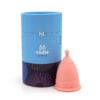
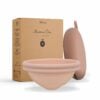



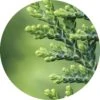
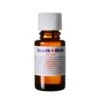








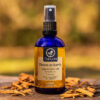
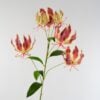
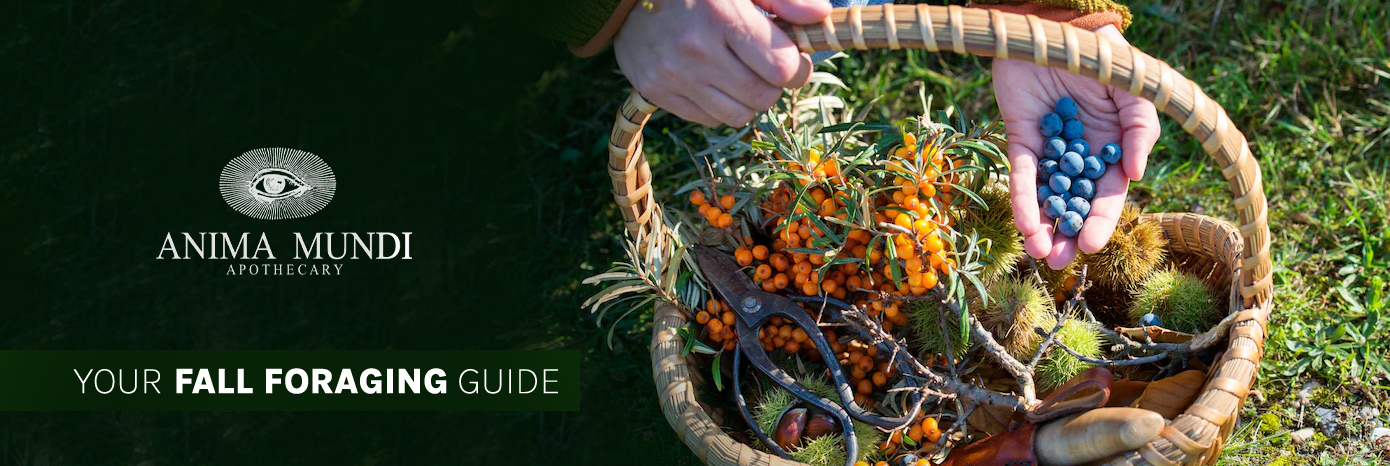
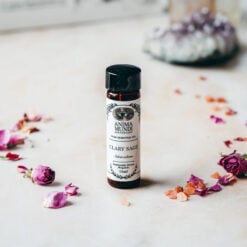

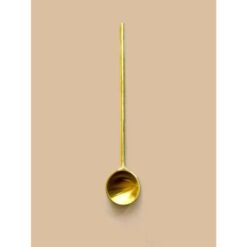











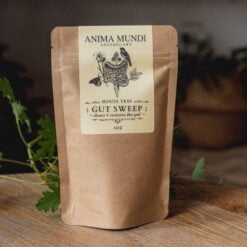
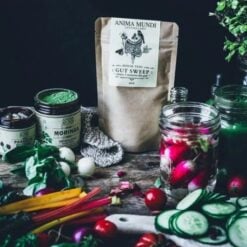

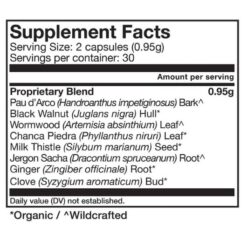




 Beauty Products
Beauty Products By Skintype
By Skintype Brands A-Z
Brands A-Z Wellness
Wellness Health / Nutrition
Health / Nutrition